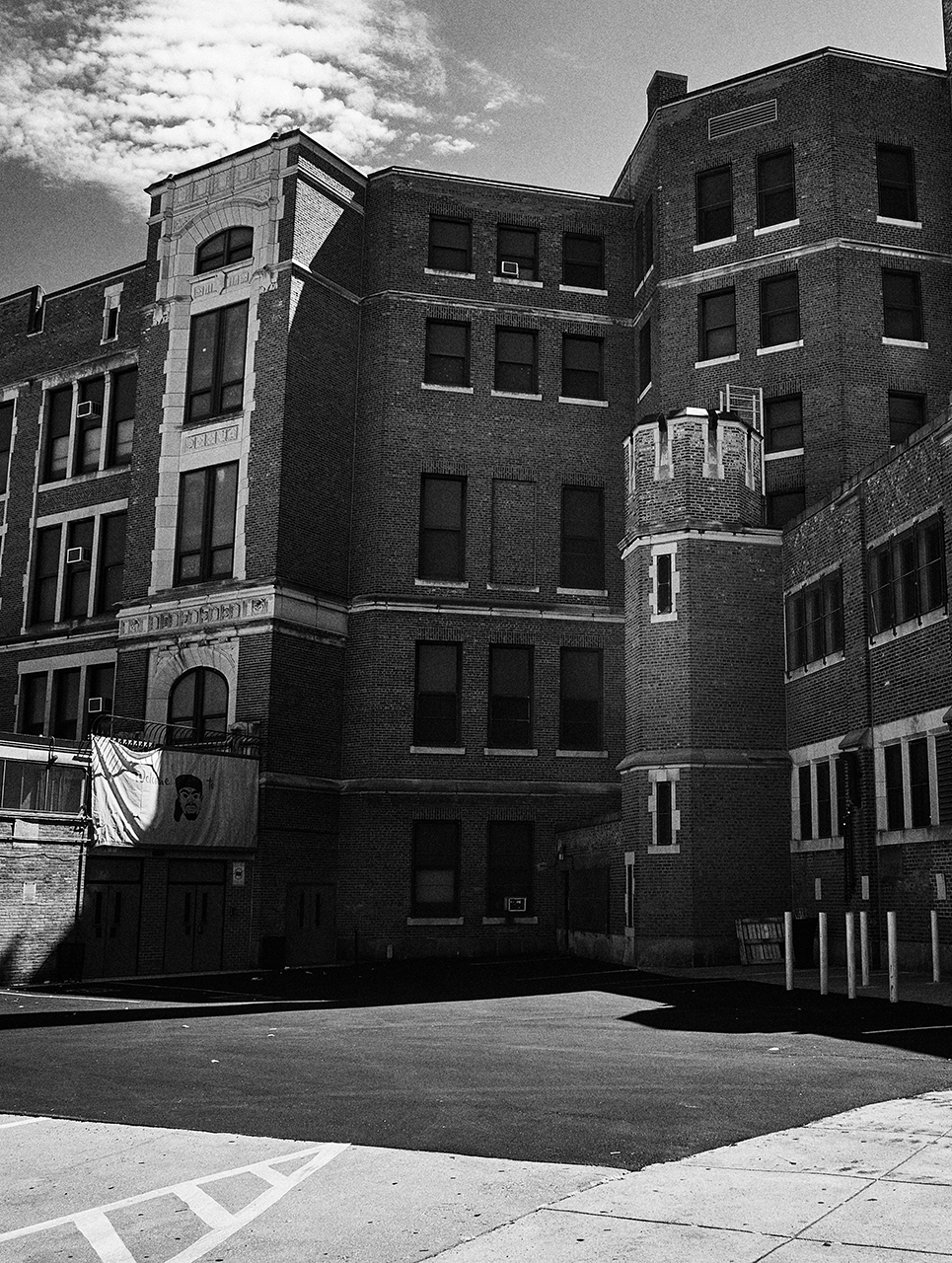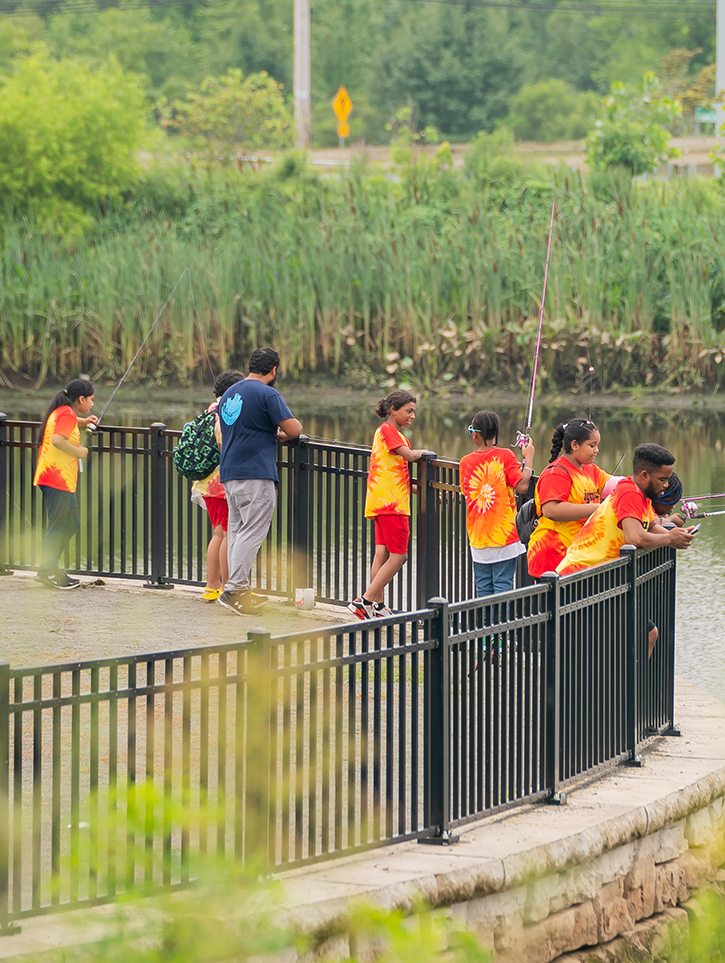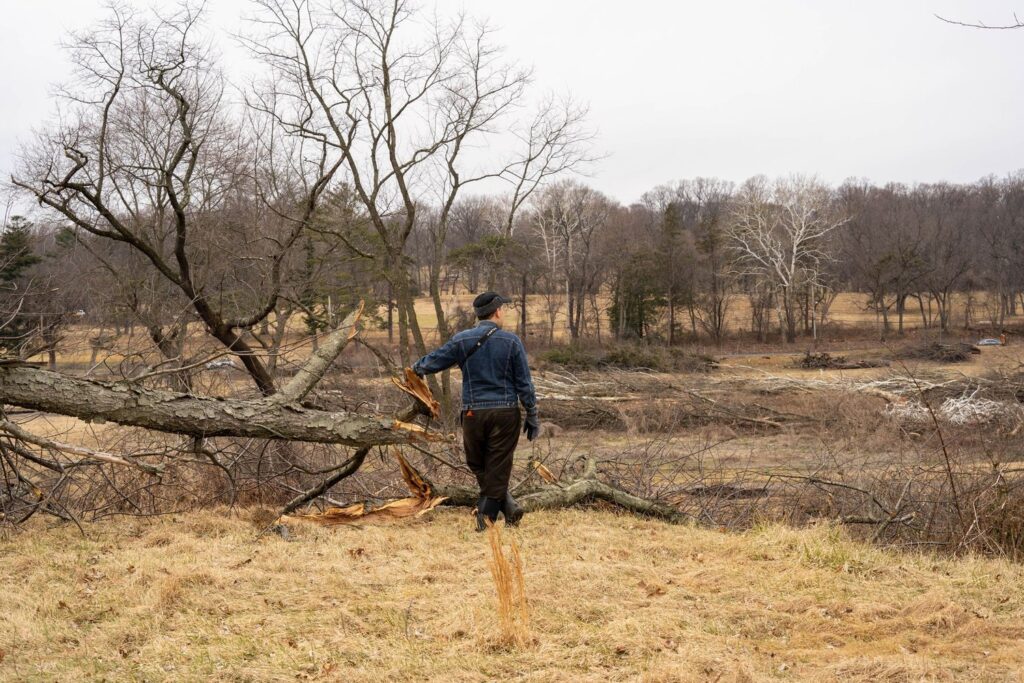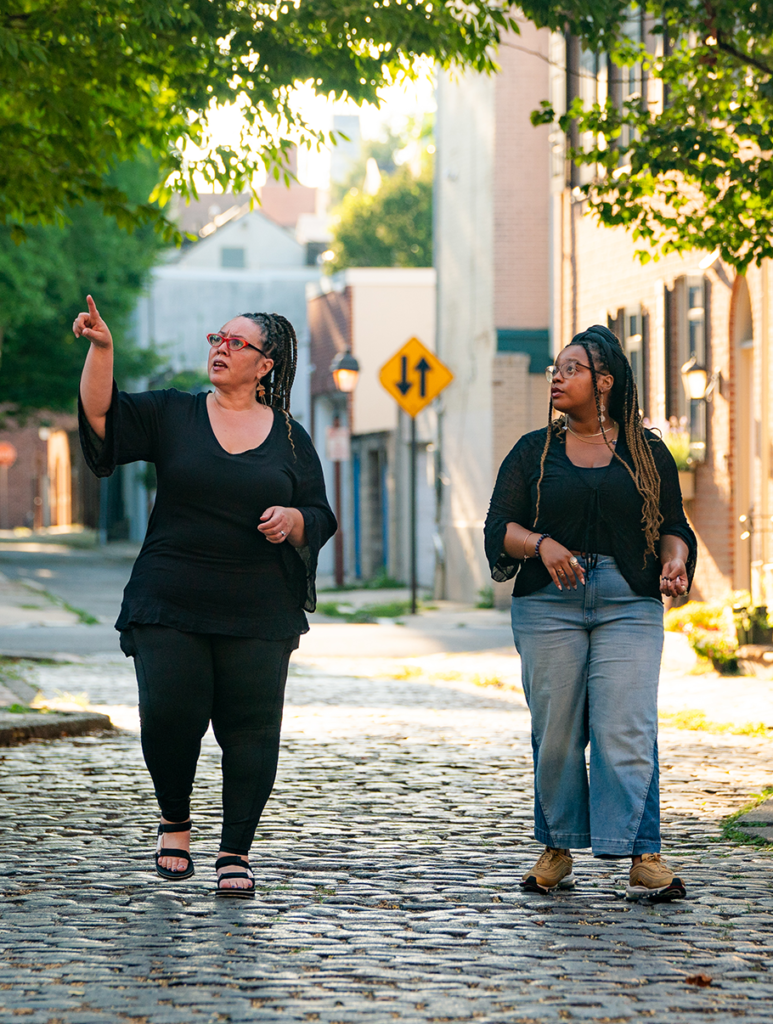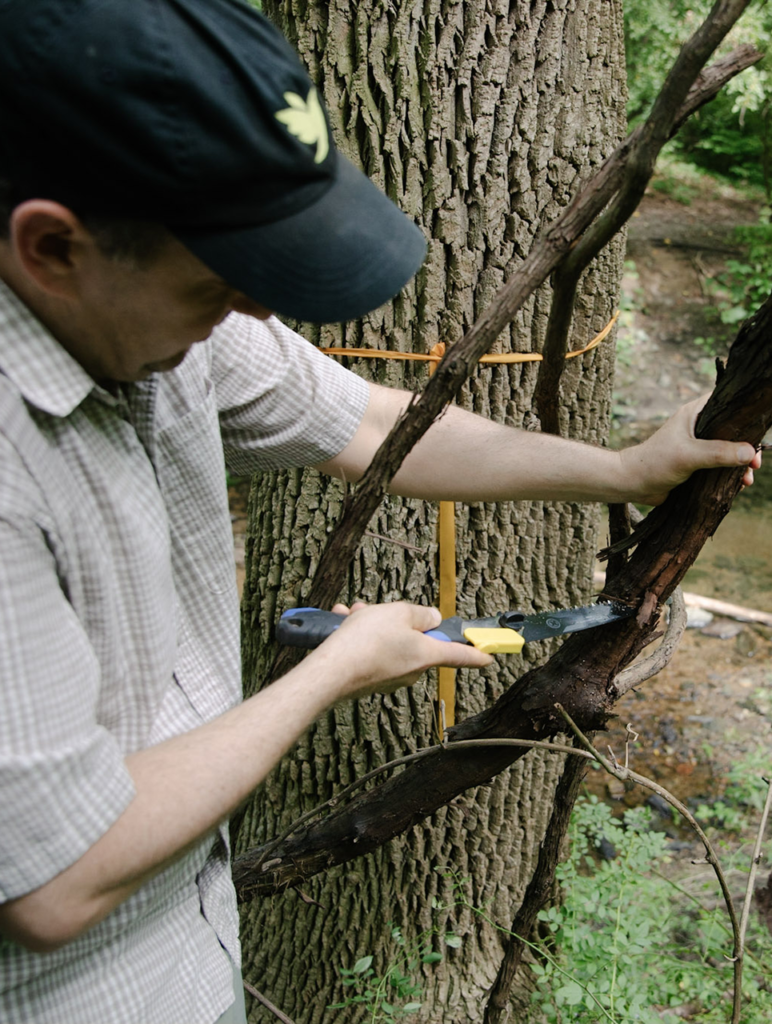In 2023, a new rash of school closures due to asbestos offered the latest gut punch to the Philadelphia education community. But advocates say changes in Harrisburg and Philly offer the best hope in their lifetimes for something better.
When Marybeth Reinhold started teaching English at Frankford High School, it marked an exciting return to the classroom. It was 2005, and Reinhold had just finished a seven-year hiatus raising two children at home. She looked forward to getting back into the profession — and back into the pages of “The Kite Runner,” “The Crucible” and other works with her students.
“When I first started, of course you’re just happy to have a job,” Reinhold says.
But ominous foreshadowing would arrive in Reinhold’s first year, when teachers told her about a mysterious fourth floor at Frankford and the dangers that lurked there.
“Nobody was allowed up there. The elevators didn’t even go to the fourth floor,” Reinhold says. “It was filled with asbestos.”
Over time, the menace hanging overhead receded to the back of Reinhold’s mind. Then slowly, more failings of a century-old building drip-dripped back in: weird stuff leaking from the ceiling of a ladies’ room, pipes covered in suspicious substances, rampant mold in a basement classroom.
After 18 years — the time it takes a child to go from cradle to graduation stage — the villain fully emerged from the shadows. During spring break last school year, Reinhold says, a maintenance team found some asbestos behind a third-floor radiator. They closed the building, first for just a few days, then weeks, then the rest of the year.
The future of Frankford and its proud community now remains in doubt, but even scarier is the past. When teachers went back into the high school to collect their belongings, they did so from a staged area declared safe: many weren’t allowed to access the hallways and classrooms they’d worked in for years. Nobody knows who may have been exposed to what, where exposure happened, or for how long.
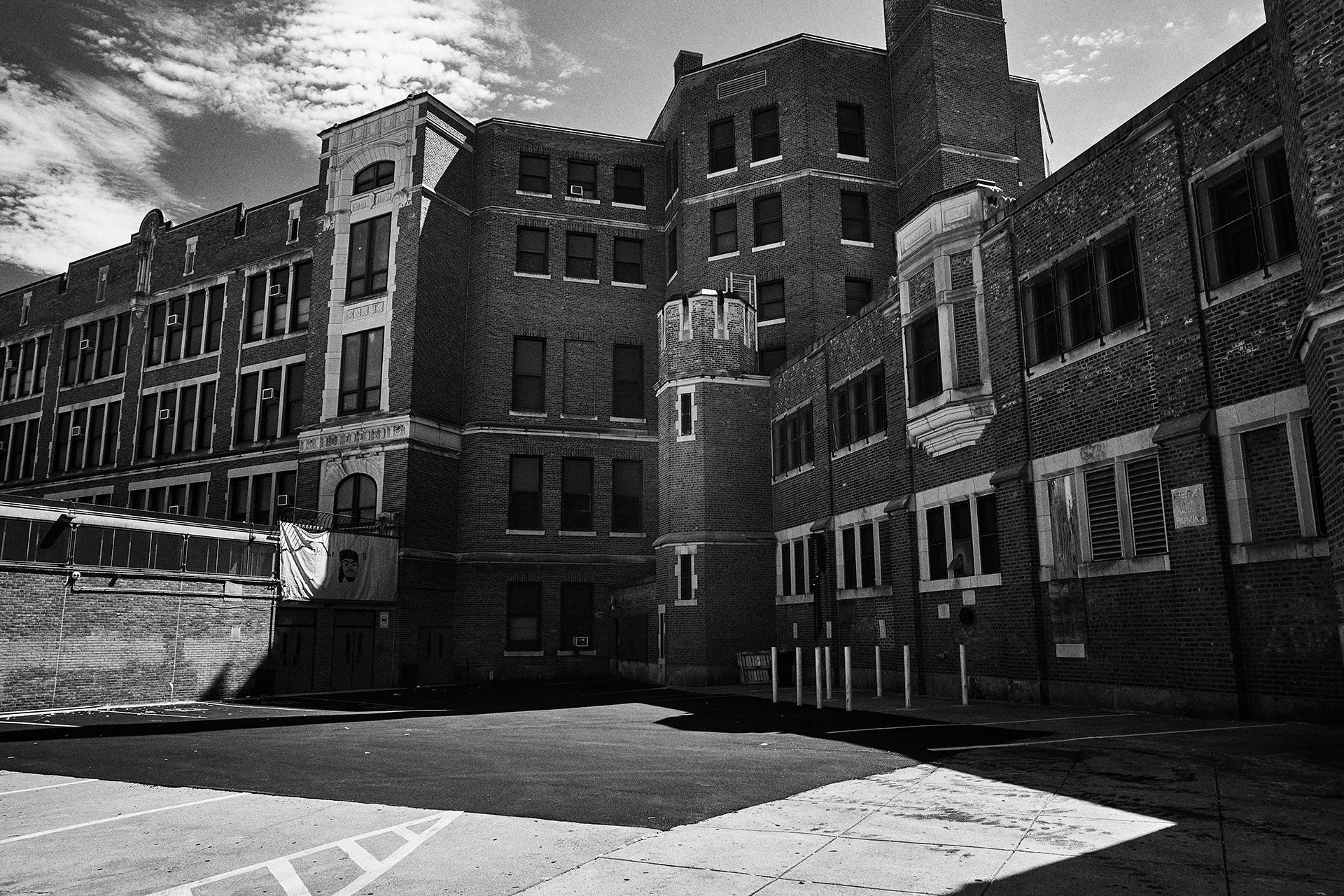
“We were told it was in a lot of places, but the only specifics we’d gotten was that it was in the ceiling that was over the cafeteria,” Reinhold says. “Which is basically what prompted them to close the school, because they can’t have kids eating with asbestos over their heads.”
If this story sounds all too familiar, it’s because it is. Many Philadelphians were introduced to the systemic dangers lurking in their public schools in 2018 by The Philadelphia Inquirer’s “Toxic City: Sick Schools” investigation, which was a finalist for the Pulitzer Prize after it revealed rampant problems with asbestos, lead, mold and other hazards in numerous buildings.
But those closest to the action have known for much longer. In 1985, Jerry Roseman, director of environmental science and occupational safety and health for the Philadelphia Federation of Teachers (PFT), was first brought onto the job by the union. The environmental scientist and former New Jersey Department of Health inspector began plying his trade in the district’s buildings after a dozen had shut down the previous year due to asbestos, including Martin Luther King High School in Germantown and Abraham Lincoln High School in Mayfair.
“The problems resonate with what’s going on now,” Roseman says, noting that 10 schools closed in 2019 and 2020, and another six, including Frankford, in 2023. “We keep finding asbestos.”
Trying to point a finger at someone accountable for these intractable problems is futile. Shake a stick and you still won’t hit everyone. Staff and students will point at the School District of Philadelphia, the school district will point at politicians in Harrisburg and the politicians tend to point right back. And in the end, of course, it’s everyday citizens who vote to put these decision makers in power in the first place.
But Arthur Steinberg, treasurer of the PFT, president of the American Federation of Teachers (AFT) Pennsylvania and vice president of the national AFT, sees a chance, right now, to set things right. There is fresh leadership in the school district that seems to be taking the problem more seriously than ever before, he says. Democrats have won control of the State House of Representatives for the first time in 12 years. A monumental Commonwealth Court of Pennsylvania decision adds significant impetus to better fund schools, at the same time state coffers are running multi-billion dollar surpluses. It all adds up to a chance to finally change the narrative.
This is a once-in-a-lifetime opportunity to get things on the right track.”
— Arthur Steinberg, Philadelphia Federation of Teachers
“This is a once-in-a-lifetime opportunity to get things on the right track,” Steinberg says. “We can’t afford the mismanagement that has occurred in the past, because then we’ll squander it.”
No money, more problems
Most advocates for safer school buildings can agree on one thing: it’s the money.
Matthew Kelly, assistant professor of education at Penn State University, is an education funding policy guru who has served as an expert witness during legislative hearings and court cases on the topic. The exact formula of how schools are funded in Pennsylvania is complicated, but Kelly says the key takeaway is that Pennsylvania’s reliance on local real estate taxes instead of state coffers to fund schools makes it an outlier nationally and results in wide disparities between districts.
“There is a very inequitable distribution of taxable wealth across school districts,” Kelly says. “And the money the state is providing is not sufficient for what districts need.”
Across the state, Kelly calculates, there is a total shortfall of about $4.6 billion for school districts annually. And given its size and demographics, the School District of Philadelphia accounts for about $1 billion of that gap.
Coincidentally, that’s almost exactly what’s needed to better maintain the district’s buildings, officials with the teachers union say. Roseman, the environmental health expert, calculates the district should spend about 6% of the total value of its building assets each year on maintenance and capital improvements to keep up their condition. With an approximate estimation of $20 billion in assets, that comes out to about $1.2 billion a year.
But the district currently spends just “a fraction” of that, Roseman says. School district communications staff did not respond to questions from Grid, including about how much they spend on buildings annually. But a slide on a district budget presentation from April says the district plans to spend $271 million in the upcoming school year on facilities and utilities.
Another statistic commonly floated, most notably by the campaign of former mayoral candidate Helen Gym, is that the district needs an infusion of $10 billion to fully deal with environmental hazards in buildings.
In Kelly’s opinion, these are shortfalls too big for the City of Philadelphia or the school district to fix alone. More money must flow from Harrisburg.
“There’s no universe in which any style of local leadership, or any kind of right or wrong decision about how to operate the schools, will fix the absence of that billion dollars, year in and year out,” Kelly says.
But, a series of developments have indeed created a unique opportunity for change in the state capital. In the 2022 elections, Democrats took control of the State House, held the governor’s office and picked up a seat in the Senate. Even more consequentially, in February 2023 the Commonwealth Court of Pennsylvania ruled in a lawsuit brought by The Public Interest Law Center and others that the state’s education funding formula is unconstitutional and must be reformed to be more equitable. State legislative leaders declined to appeal by a July 21 deadline, setting the decision in stone.
With the budget for this fiscal year already finalized, advocates are instead turning their eyes to a push for historic funding increases during next year’s budget cycle.
“It’s one thing this year to say, ‘Well, we just got the court decision.’ Next year we don’t have that,” says MaryLouise Isaacson, a Democratic state representative whose district stretches from Fishtown to Queen Village, and who sits on both the state education and environmental committees. “It doesn’t matter your political affiliation, we should all be looking after these children and the environments where they go to school.”
Isaacson is particularly eyeing up investment through “PlanCon,” a dormant funding program in the state budget that provides money directly for building repairs, separate from general education funding, which can be used for any number of operating expenses. This year, citing the Commonwealth Court decision, Philadelphia Democratic State Rep. Elizabeth Fiedler and Delaware County colleague State Sen. Tim Kearney introduced legislation to re-open the program.
Even if lawmakers in Harrisburg are successful in delivering significant sums of new money, Isaacson says, that only gets you halfway.
“Certainly whatever funding we can identify at the state level we can assist with, we’re always happy to fight for,” Isaacson says. “But at the end of the day, it really comes down to, the school district has to be addressing these issues.”
A history of harm
Among advocates for safer buildings in Philadelphia, there is little dispute that the district and City have a tremendous role to play. And, they say, the district has not performed well to date.
Steinberg and Roseman, with the teachers union, note the decades for which environmental hazards in the schools have festered. It’s not fair to say there’s been no progress; each time a school is closed on an emergency basis, something usually gets fixed. But they say the whack-a-mole nature of school closings is indicative of a lack of competency on the part of the district, and something it’ll need to fix — fast — if the tides change in Harrisburg.
“If they get the money, it is incumbent upon them to use it wisely,” Steinberg says.
Roseman notes there is a federal Environmental Protection Agency rule that requires school districts to check each building for hazardous asbestos conditions every three years. The School District of Philadelphia indeed has its own Office of Environmental Management & Services to adhere to the requirements and look for other hazards. Simply put, the program has “missed” things in the past, Roseman says.
Occasionally, the school district will evaluate its buildings in a more systematic way. In 2015, the district hired an outside firm to perform a comprehensive facility condition assessment of its buildings. A final report assessed the conditions of the buildings’ exteriors, lighting, HVAC, roofs and electrical and other systems. But notably absent were environmental hazards like asbestos and lead.
Steinberg says that wasn’t really the point: “They were really using that to develop a plan to close schools,” he says.
But the union leaders are perhaps most concerned by a perceived standoffishness by the district over time. Administrators would keep quiet, lack transparency and leave staff and students guessing.
“For years they were reluctant to ever acknowledge there was a problem,” Steinberg says, adding that he believes it was a mix of incompetence, poor and revolving leadership and the overwhelming nature of the problem.
But, Steinberg adds, he senses district leadership might be turning over a new leaf at just the right time. After new superintendent Tony Watlington arrived in June 2022, he started sending out good signals and engaged in a note-taking listening tour of the district. Behind closed doors, Steinberg got the same vibe of contrition.
“They’re more open to talking to us, acknowledging that we have a problem and beginning to work together to find solutions jointly,” Steinberg says. “They admitted to me we need to do better.”
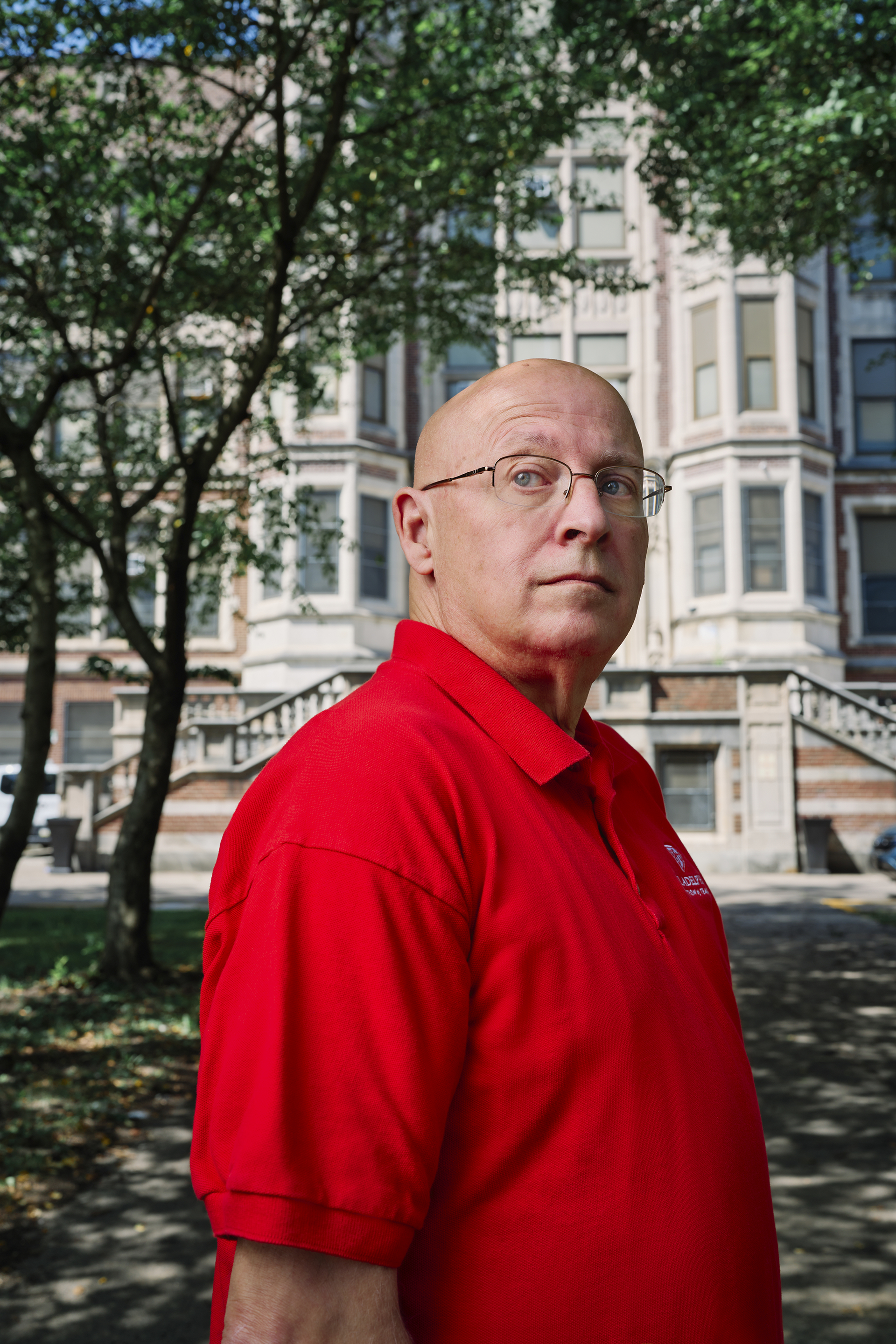
Education advocates also have allies on City Council, where teacher-turned-councilmember Kendra Brooks and education committee chair Isaiah Thomas have joined the union. Teachers and families have a simple but essential request: make a plan.
“We have been super critical of the district around a plan,” Brooks says. “We’ve learned a lot more since [the 2015 buildings review] and we need to reevaluate and come up with a clear plan on how we can expedite the repair of the conditions in schools … so that when the money comes, we’re prepared.”
Councilmember Thomas pressed that same request in an early August committee meeting attended by Watlington, in which Thomas floated an idea that City Council might take matters into its own hands via the creation of an independent school building authority. But Watlington assured councilmembers that the district indeed was already working on developing a master plan, which he said would be completed by June 2024. That would place it right in the thick of next year’s budget season in Harrisburg.
“I’ll be very interested to see how much the figure has ballooned,” Steinberg says.
If all the pieces fall just right, education advocates say, there might just be hope for the district, even if it takes decades to fully repair the harm. For Reinhold and the ever-growing number of students and staff who’ve been exposed to toxic hazards and abruptly removed from their schools, trust levels are at an all-time low.
“I know it’s millions and millions of dollars. I get that,” Reinhold says. “But I just think if any community deserves a new school, it’s a community that’s been in the same building for 110 years, and a community of diversity, and a community that needs our kids to do well.”


